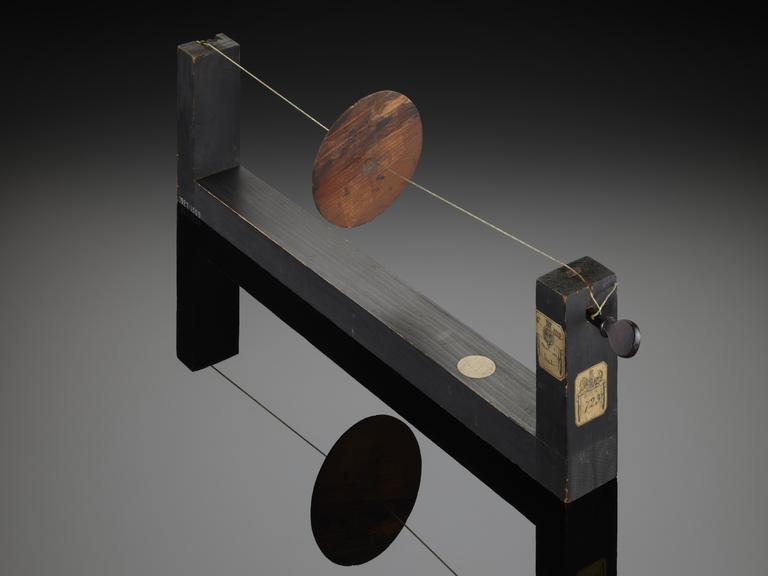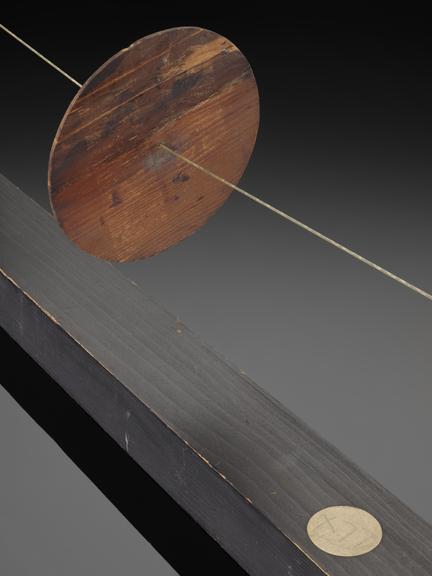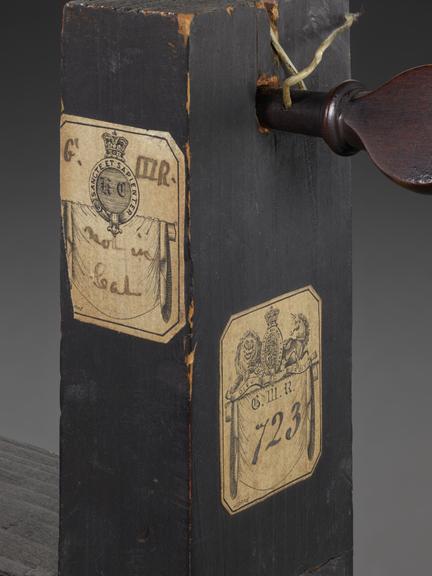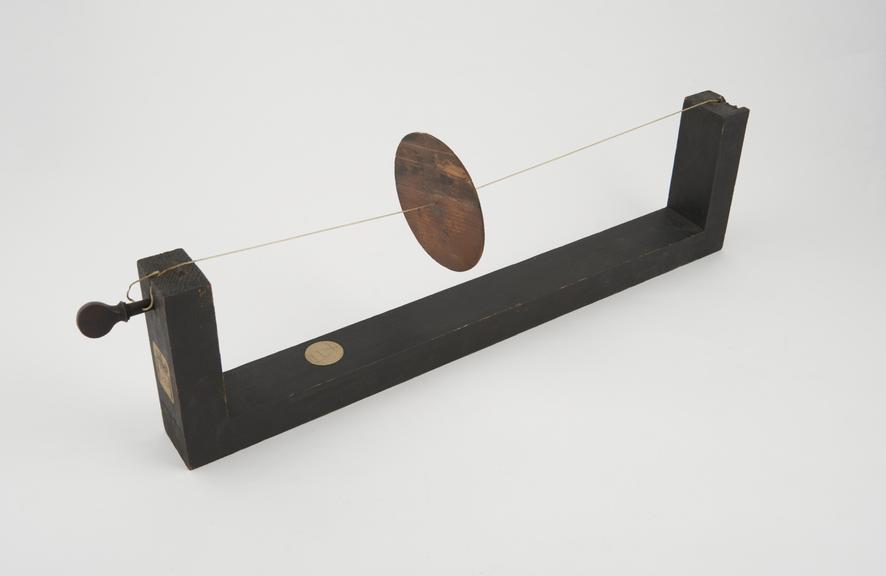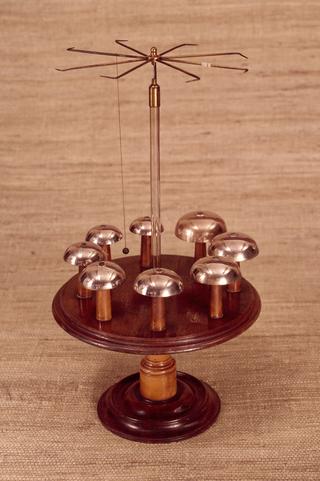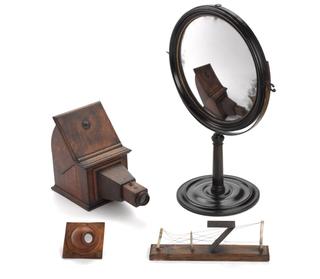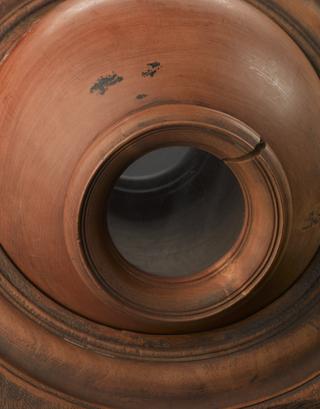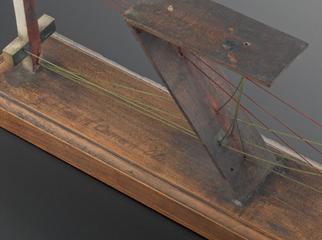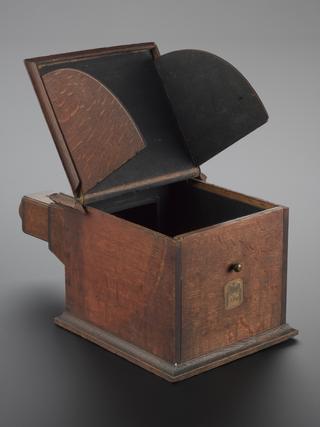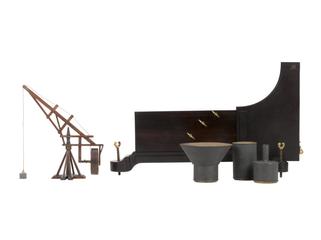Monochords with String
Monochord with a string, King George III Scientific instrument collection, 18th century.
More
The monochord is both a musical and scientific instrument for investigating sound and resonance. Dating back to ancient times, the monochord consists of a single string stretched over a wooden body that when plucked gives a specific note. In ancient Greece, the mathematician Pythagoras used the monochord to demonstrate the relationship between the frequency of sound and length. It was in the 11th century, however, that musician Guido of Arezzo used the monochord to teach choir boys how to sing by annotating down the musical scale on the monochord. Monochords continued to be used for teaching through the centuries, including in eighteenth-century natural philosophy demonstrations. This monochord was part of King George III’s own collection of scientific instruments and demonstration equipment, which as a whole demonstrates his personal interest in science. It contains a catgut string stretched over a bridge that can be moved to change its length of it and with it the pitch it makes when plucked.
- Measurements:
-
overall: 163 mm x 505 mm x 100 mm, .38 kg
- Object Number:
- 1927-1509/1
- type:
- musical instrument
- Image ©
- The Board of Trustees of the Science Museum





